Learn the possible causes of cold extremities and when you should see a doctor
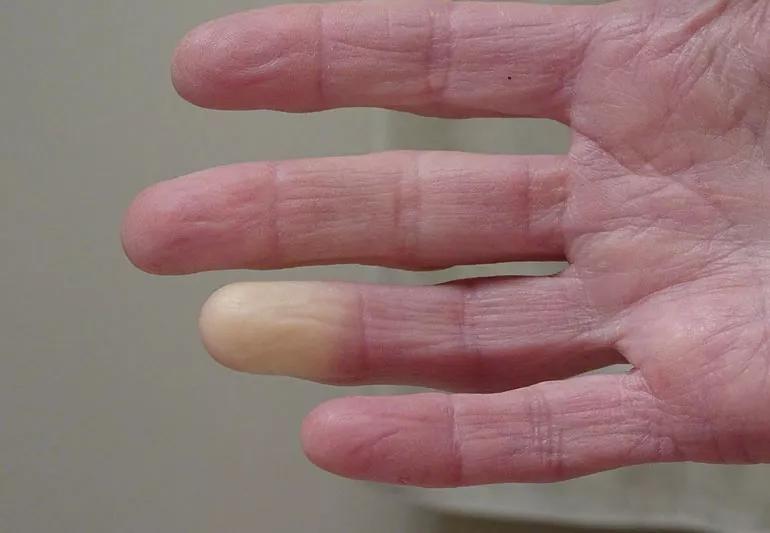
It’s a familiar scene. You turn up the thermostat; your partner turns it down. Some people struggle with feeling cold all the time — especially when it comes to their hands and feet.
Advertisement
Cleveland Clinic is a non-profit academic medical center. Advertising on our site helps support our mission. We do not endorse non-Cleveland Clinic products or services. Policy
If you feel like your extremities are often cold, you may wonder if you should see a doctor. Here’s what you need to know.
“Cold hands and feet are a common complaint,” says vascular medicine specialist G. Jay Bishop, MD. “But generally, when this happens in young healthy people, it isn’t anything to worry about.”
It’s true that cold extremities can signal other, more serious problems, including peripheral artery disease (PAD);rheumatologic conditions, such as scleroderma, lupus and rheumatoid arthritis; or an underactive thyroid.
More often, though, they are signs of Raynaud’s phenomenon, a common, generally benign condition that causes the blood vessels in the fingers and toes to be overly constricted.
“Blood vessels constrict as a normal, healthy response to cold in order to preserve your core temperature and protect vital organs,” Dr. Bishop says. “However, in Raynaud’s, arteries in the fingers and toes constrict suddenly when exposed to cold, and the vessels slam shut.”
Besides the feeling of cold extremities, Raynaud’s causes temporary color changes. An affected finger may turn white (because the artery is closed), then it may turn blue or purple and, as it rewarms, it may turn red (because the artery is now wide open and dilated).
“These color changes can be quite alarming, but in people with the primary or benign form of Raynaud’s (that is, people with no underlying disease), they are harmless,” Dr. Bishop says.
While Raynaud’s is usually a harmless condition, it can also occur in people with underlying rheumatologic or vascular disease. In that case, the Raynaud’s may be associated with small pits or ulcerations in the fingers or toes that are difficult to heal.
Advertisement
“Any patients who have Raynaud’s and associated skin changes, including tightening or thickening of the skin, nail changes, or cracks and sores that don’t heal, should get checked out,” Dr. Bishop says.
It’s important to talk to your doctor if you have cold extremities and these symptoms:
If your doctor has ruled out any serious problems, keep in mind that the feeling of uncomfortably chilly fingers or toes often varies by the person. It’s generally based on personal comfort.
“Feeling cold feet or hands when you get into bed just may be who you are, especially if there are no other symptoms,” Dr. Bishop says.
Dr. Bishop recommends the following to help you cope:
Cold hands and feet — especially in older people — also can be caused by PAD, which occurs when arteries become narrowed or blocked as plaque gradually forms inside the artery walls.
PAD can affect people age 50 or older with a history of diabetes or smoking, while anyone age 70 or older generally should be screened.
These symptoms can signal PAD:
When it comes to safeguarding your health, watch for new symptoms that persist, Dr. Bishop says. “What I tell my friends and family seeking medical advice is: You know your body best; you are the one who lives in it.”
If you have a shooting pain once for 20 seconds and it never comes back, you may never get to the bottom of it. But if you have shooting pain in your hands, feet or anywhere in your body for 20 seconds at a time — and it happens 10 times a day for two weeks — something is probably going on.
“Don’t be shy, that’s something you want to discuss with your doctor,” Dr. Bishop says.
Advertisement
Learn more about our editorial process.
Advertisement
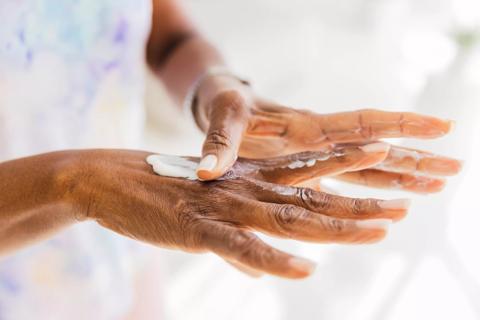
To help keep your mitts feeling and looking their best, moisturize, exfoliate, wear sunscreen and eat a healthy diet

At-home options aren’t your best bet — instead, consider noninvasive laser treatments with a dermatologist

Research doesn’t show any benefits to wearing copper bracelets — but your experience may vary

Congenital heart disease, genetic conditions and unhealthy lifestyle habits can put teens at higher risk for heart attack

Studies have shown an increase in ophthalmic complications as a symptom of COVID-19
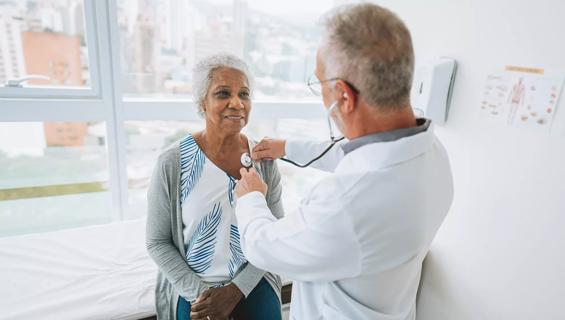
Research shows a strong association between rheumatoid arthritis and heart issues
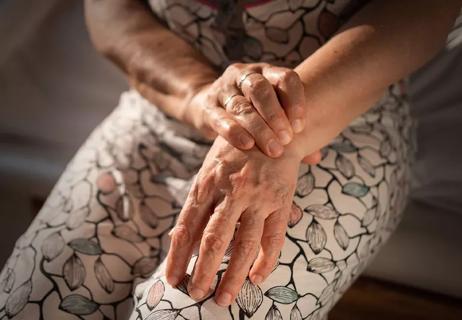
Simple exercises like tendon glides and finger lifts can have a big impact
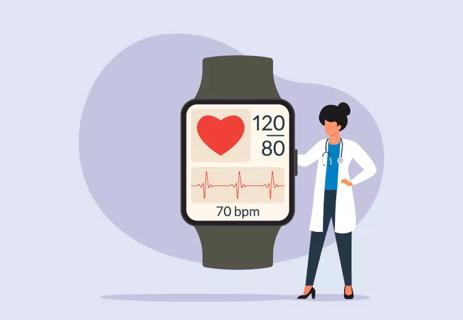
Both are related to your cardiovascular system, and both can impact the other

Start having sex about 72 hours before ovulation, then at least every other day during your fertile window

Attachment theory suggests that your earliest relationships shape connections throughout your life

It isn’t a recognized mental health disorder, but research shows that problematic social media use can negatively affect your mental health, self-esteem and sleep